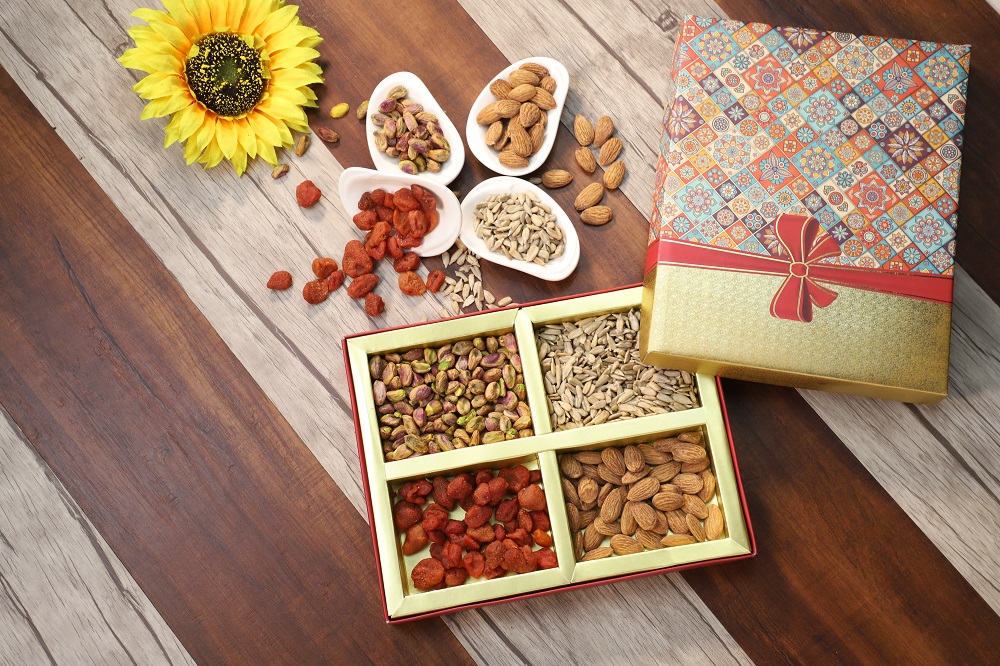
The world is full of creativity!
Everything around us is one of a kind. Uniqueness is the essence of creativity.
As a Photography Studio, we are into Creative Product photography. It is the process of taking and developing photographs of artistic and handicraft products like pottery or paintings.
We set design thematic presentation for such objects, do unorthodox ways of production and orthodox ways of post-production.
Overall we create photographs that look world-class and one of a kind.
Basically, we strive to create photographs of such artistic products so that they can be published in printed catalogs, private websites, or in exclusive photography websites.
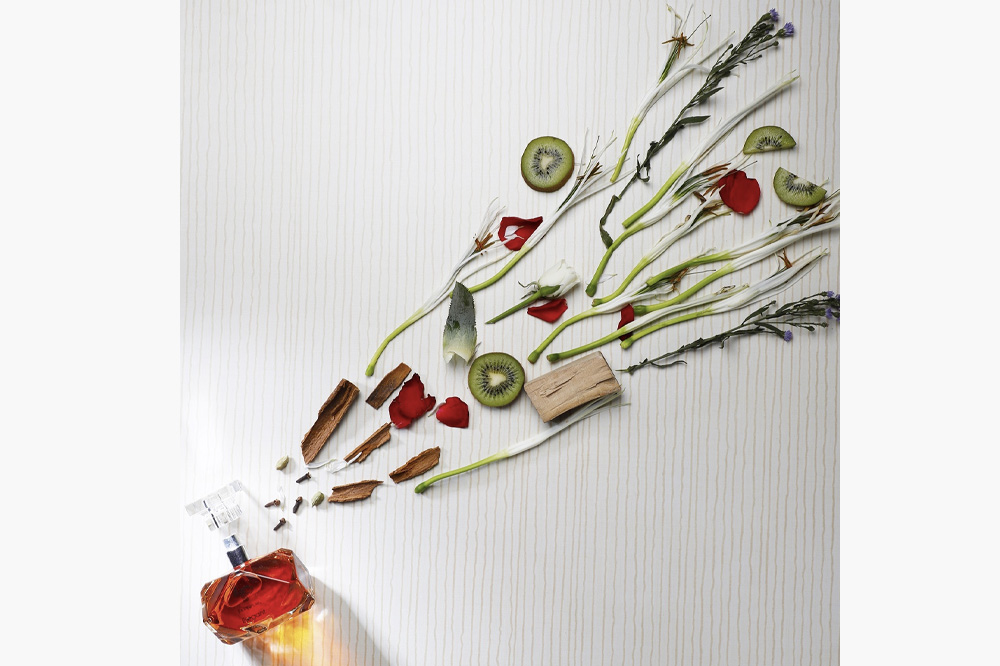
We try to create something new every time so that you get a bang for your buck. Lifestyle Product photography is also one of our specialties.We also shoot with models in outdoor locations. We have a well-equipped studio as well as a pro-active photographic team. Now let's talk about some creative product photography.
Below you can find some tips that can enhance your creativity.
10 Creative ideas for Product Photography
1. Know Your Brand
Before you plan or shoot a product, learn about the brands. What do the images need to say about the brand?
A dialogue with the client and even a creative brief should help. The client fills up a creative brief. It helps a professional photographer or designer understand the eventual product.
Clients may struggle to express their desires.
The more knowledge you have upfront, the more likely you are to deliver something potential customers would enjoy.
Questions to ask in the creative brief:
How do you want to be seen?
Who is your audience?
Who is your main rival?
How would you describe your brand?
How will the images be used?
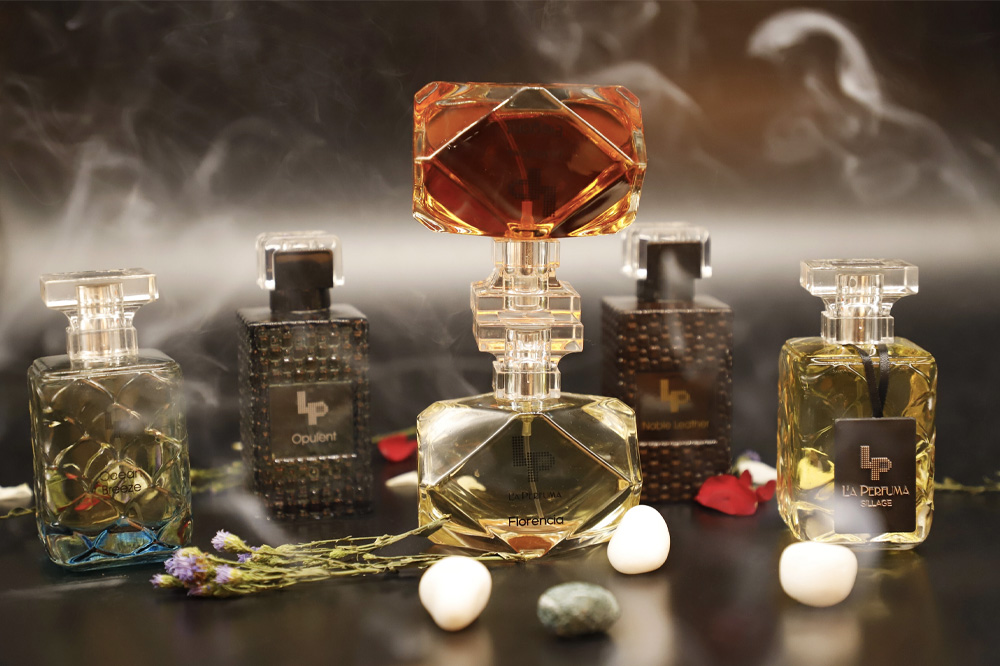
2. Identify the end viewer of your photographs
Before shooting, identify the brand's ideal buyer. Does it appeal to millennial women or a mixed age group? Is it a high-end or low-cost item? Knowing your target audience will assist you communicate the message.
Businesses don't have the resources to reach everyone. Knowing their target market allows them to focus on people most inclined to buy. So you reach the most profitable customers.
Remember that the product purchaser may not be the end-user. For example, men buy some items for women. The target audience is women in this scenario, which affects how the product is presented.

3. Plan the Product Shoot
Putting things together for picture styling is a fun and creative process, but when working with clients, you should plan ahead of time.
This includes deciding on product photography props, the overall aesthetic, and other shoot-day details.
You need to tell a tale about the brand or the product.
Note everything you need to remember for your photoshoot. Also, you'll need answers to questions raised on this page. Yes, as a photographer, you must be creative, but you must also deliver photographs that effectively represent a brand's messages.
I also propose a lighting test before your shot. This is where you decide what kind of light to use, where to place it, and how to set up your camera. This is essential for artificial light, especially if the client is present.
You don't want a customer or creative director tapping their toes as you adjust your light source.
Every shot I run a lighting test to ensure my gear is operating properly. It will save you time and make you feel and look confident before a session.
4. Use the Right Background
Just like props, the background matters. It should be compatible with the product's look and message. A wood background, for example, would be ideal for rustic or handmade goods.
For lifestyle pictures, you can use colorful poster boards, wood panels, marble, or even wallpaper.
Simple backdrops typically work. I prefer something neutral with texture. A concrete appearance background complements modern, sleek items. While a plain white background is suitable for e-commerce photos, white background with texture is preferable for lifestyle images.
Stoneware plates in blues, greens, and neutrals are shown in the photo below. For texture and a natural aspect, I used a short branch of leaves.
The background was painted using product colors. The tablecloth and background textures offered interest without detracting from the dishes themselves. The image is moody, which goes well with the heavy pottery.
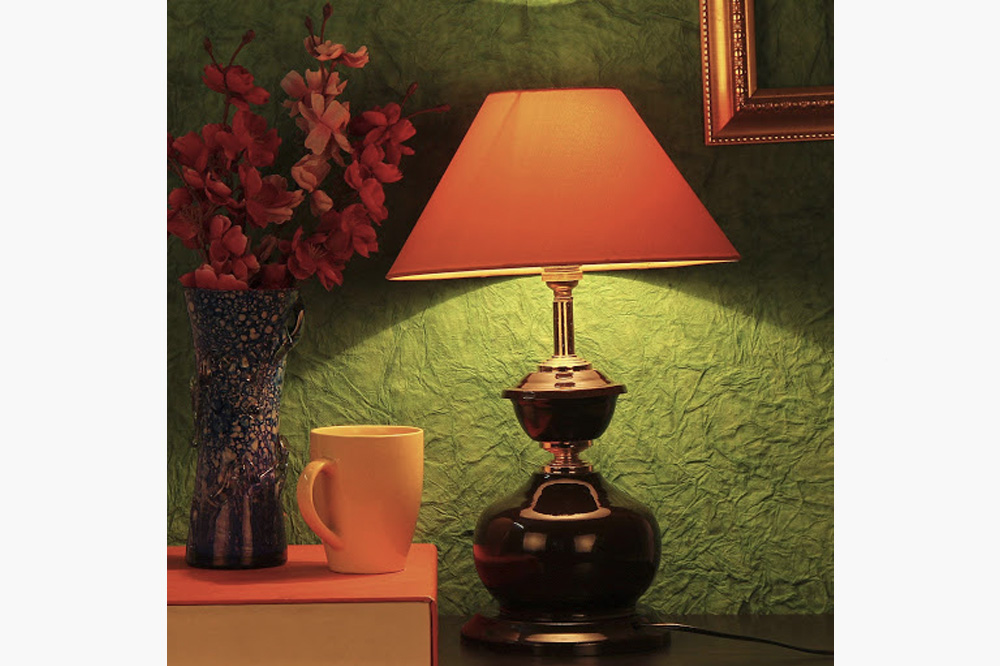
5. Showcase the Product
Remember, the aim is to show off the product. A nice image can be easily overdone with props and other features. In any case, they should never dominate the shot or become the focus.
You can display a product in various ways. Use varied settings, such as outside, to give your goods a distinct viewpoint. You can also display the product in action.
Creative perfume styles photography product image below shows individuals consuming it. The image clearly demonstrates the product's application to a prospective buyer. To promote health, display it with a variety of colorful fruits and flowers.
In contrast to a product shot on a color background, this photograph has movement.
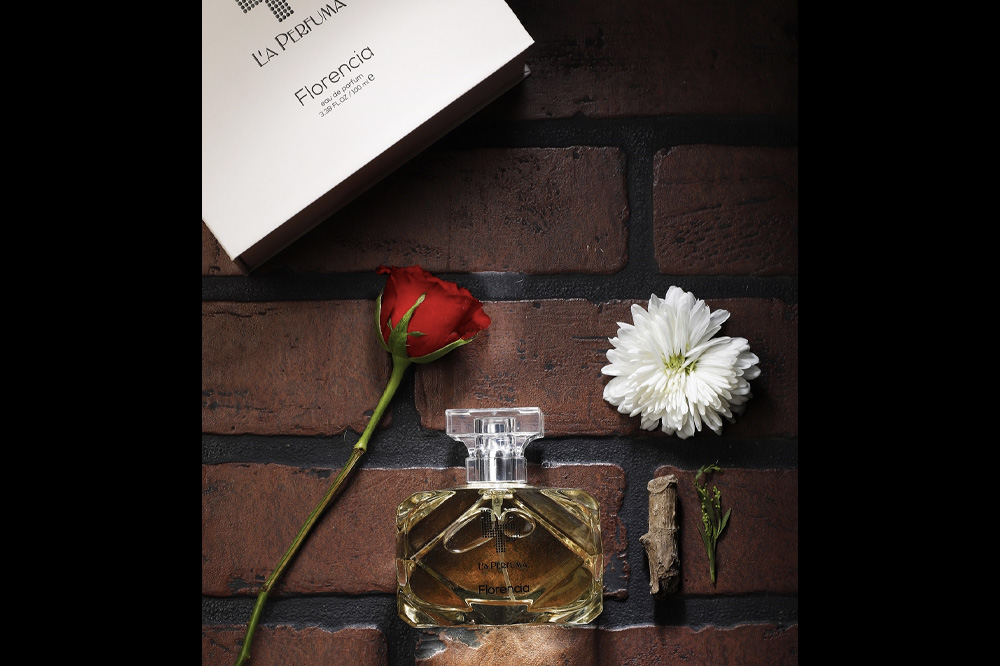
6. Product Photography Props: Where to Find Them
They help to contextualize an object in product photography. They show the product's intended usage, significant characteristics, or other visual statements.
Here is a wooden craft, which I photographed for a creative jewelry photography advertisement. The client requested photographs of the product as well as images of some of the key ingredients used in the product.
As a result, we photographed it with some creative jewelry photography. This helped it stand out against the product photographs on its website.
Also included were tree leaves. I employed side backlighting, which is more effective than side lighting, to highlight the shine in the leave and the texture of the surface. As well as giving the image light and airy quality, which the client requested.
Consider color, shape, and size while selecting props. Props should be neutral or brand-colored. All of my photos used the creative jewelry photography brand's different colour: green and yellow. To show you the book's artwork of a tree with green leaves, I opened it to that page.
Product photography necessitates this level of care.
Avoid using logos on props or Photoshop them out. Keep in mind your message. Props should not confuse what is for sales.
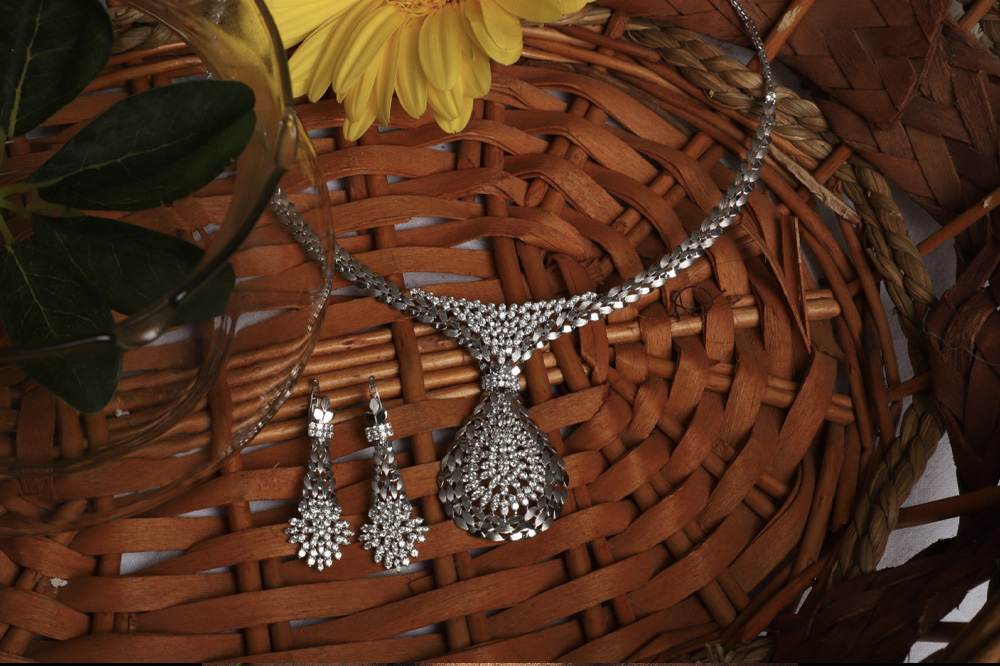
7. Shoot from Unusual Angles
The standard method for product photography is to position the camera so that the finished image is at eye level. To distinguish out from the crowd, I suggest you investigate unexpected angles.
Shooting from above the product is one option. However, while filming from unexpected angles, be careful of possible deformation.
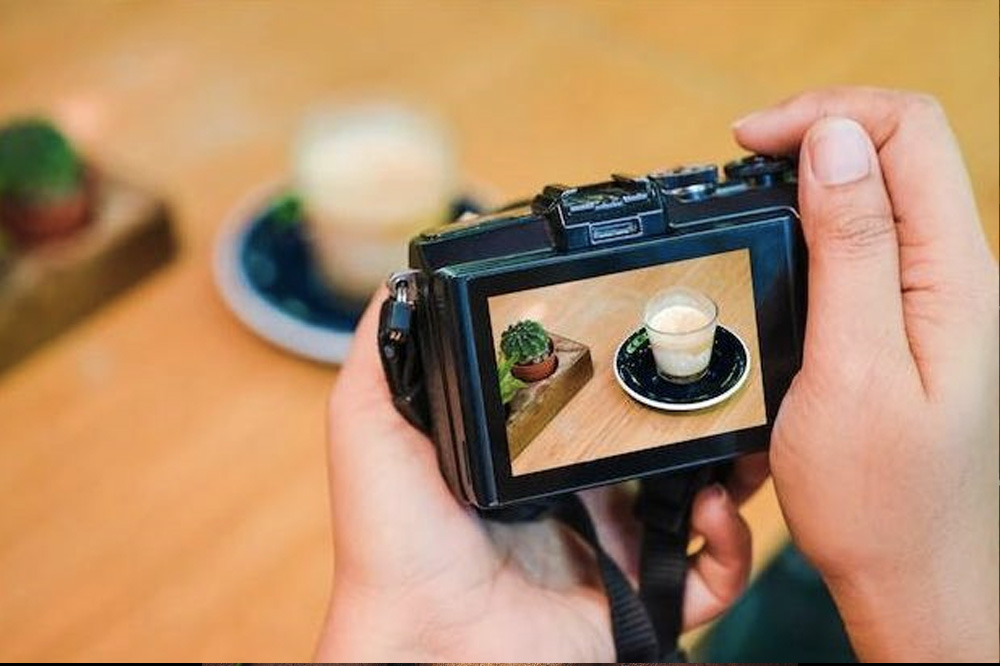
8. Shoot Flatlays
Tabletop photography is one of the hottest photographic trends online. The product is on the table and the camera is directly above it for a bird's eye perspective. Add visual interest to your flat lays using thematic objects.
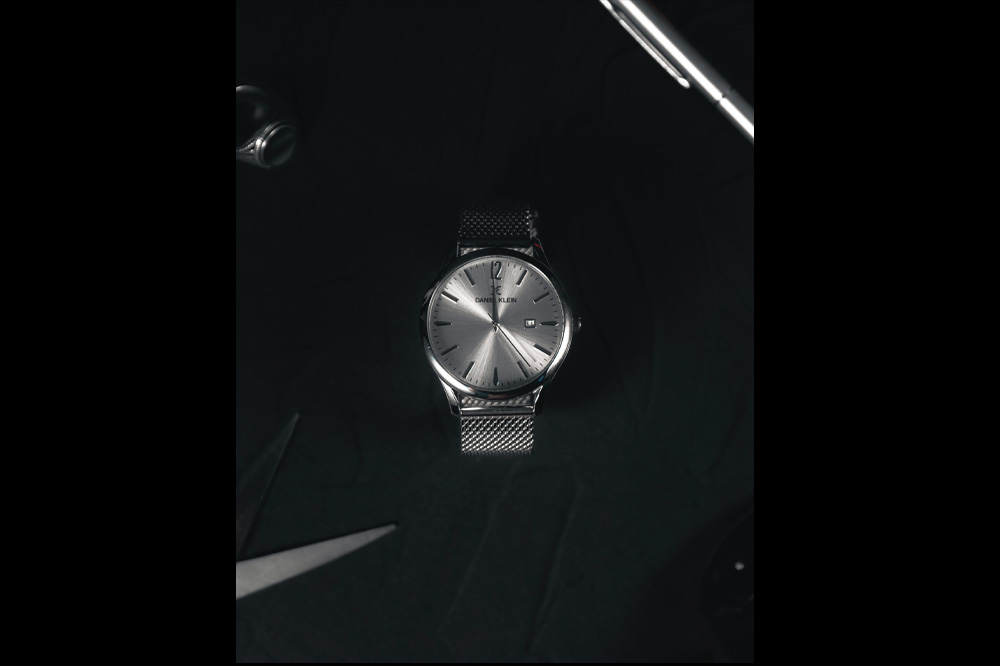
9. Freeze the Motion
Motion allows you to capture images that the human eye cannot see. Splashes can be made using water, sand, powder, or anything else.
Don't forget about proper camera settings for product photography. To produce a sharp photo, use a shutter speed of 1/400+.
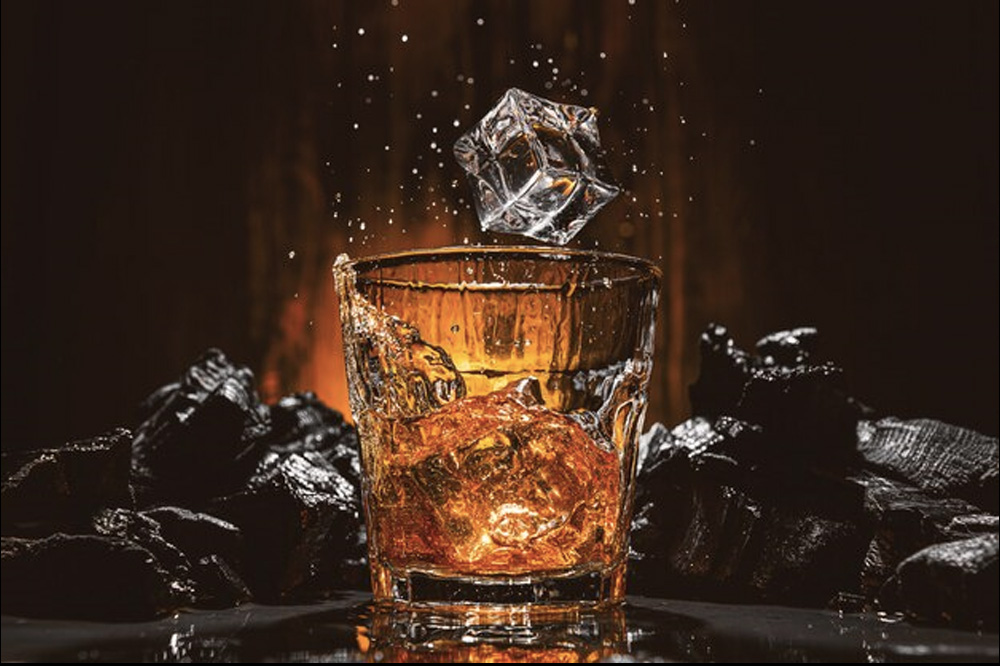
10. Show Ingredients
Showing a product's ingredients is a good way to be upfront with potential customers and make a sale.
Extend this notion by arranging the ingredients in the product's shape.
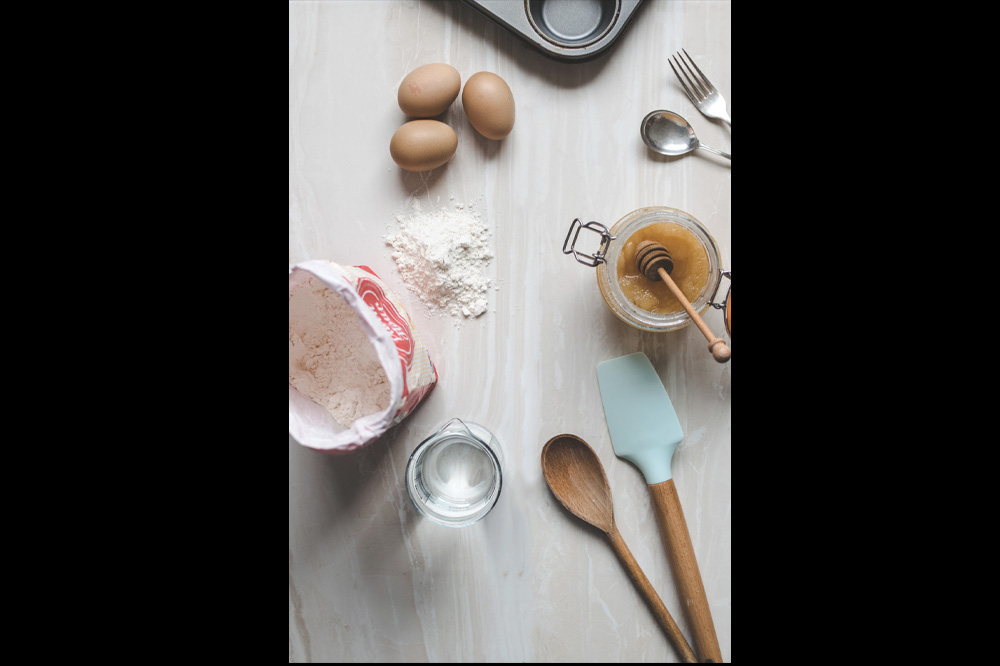
Do let us know how you found our article. Do call us or write to us for any other information.